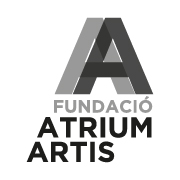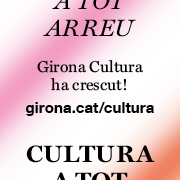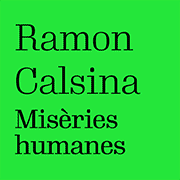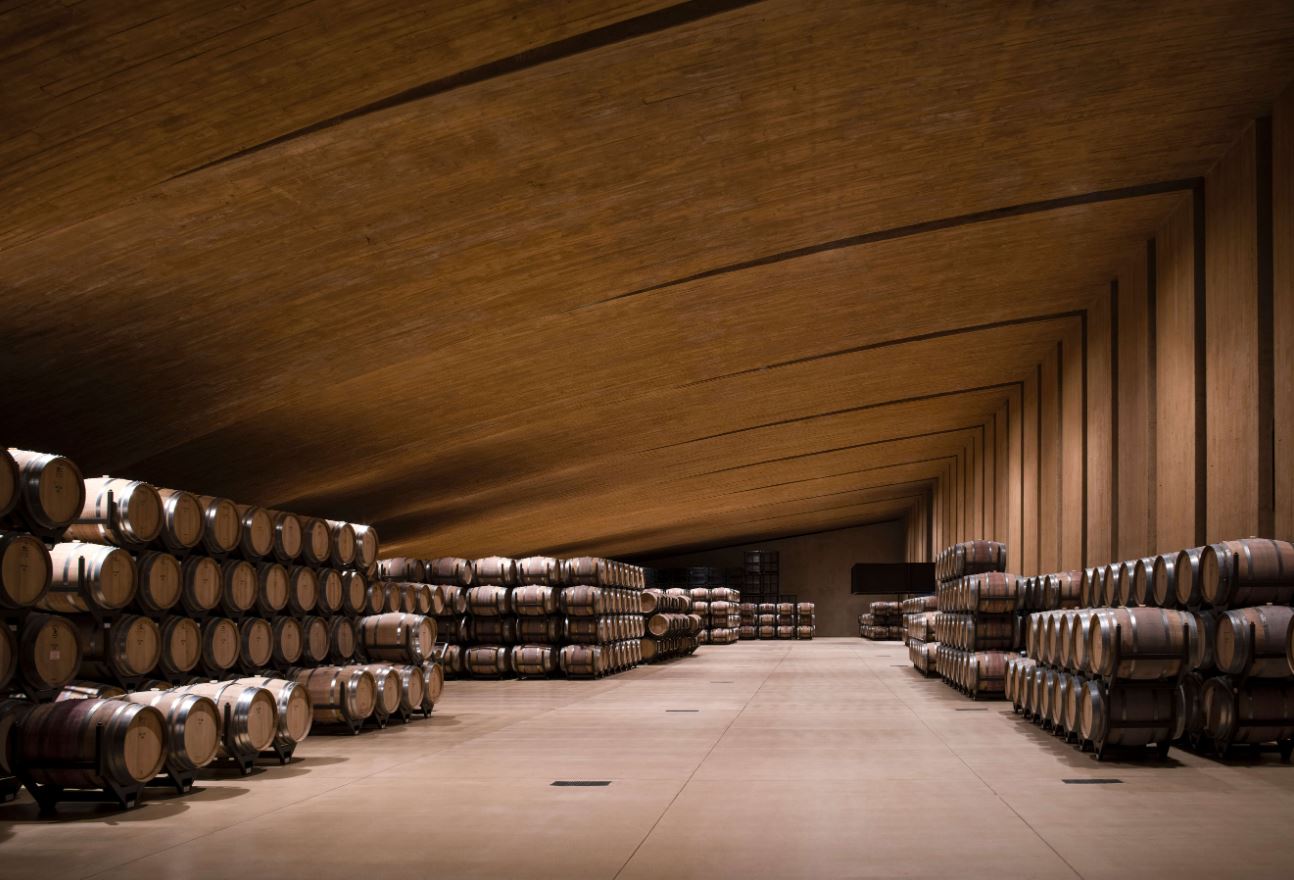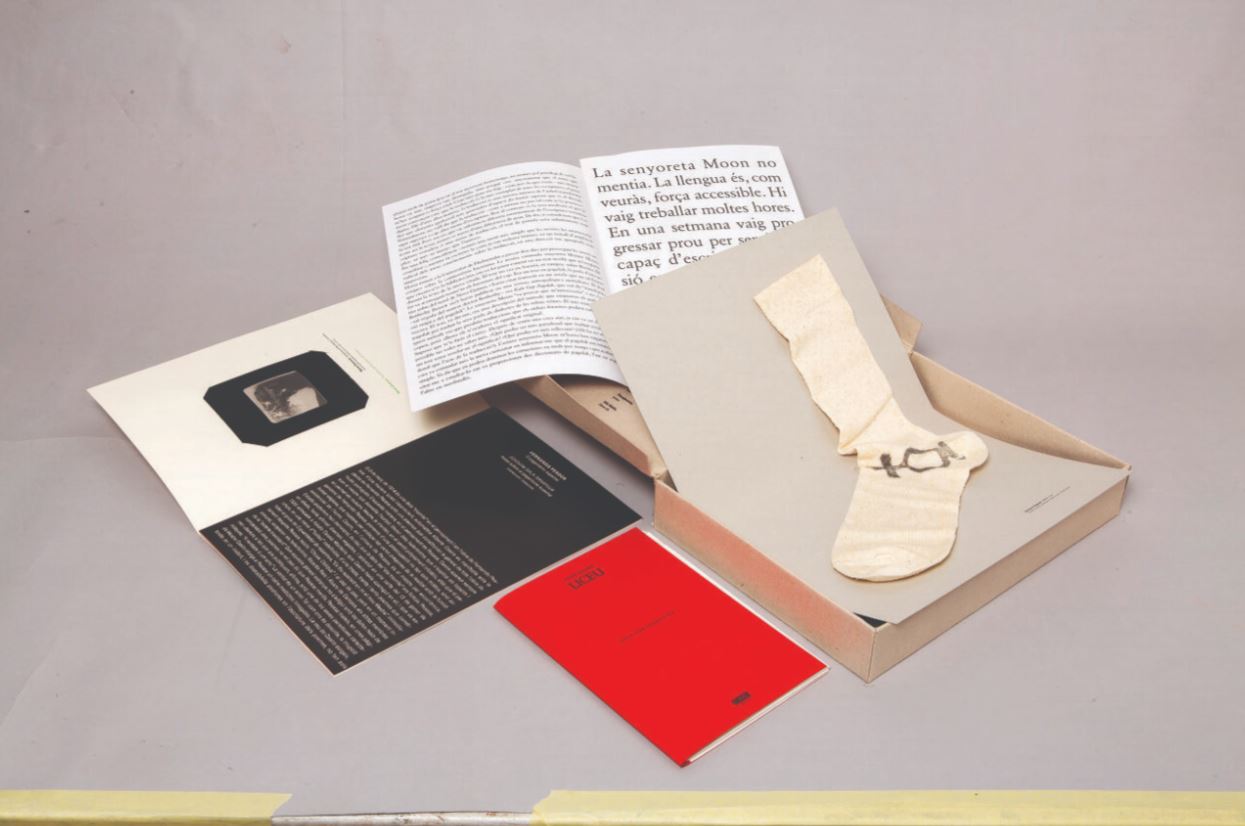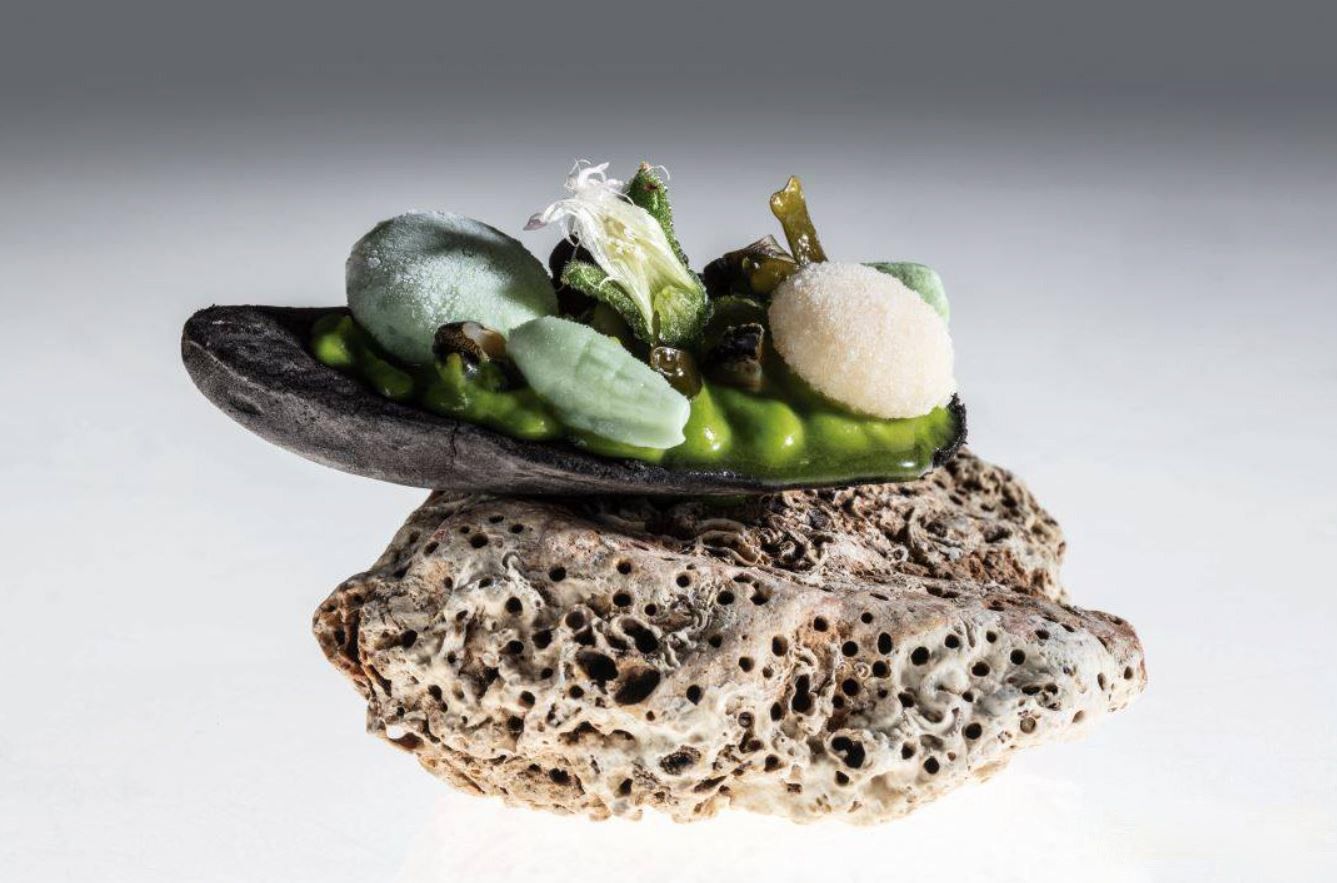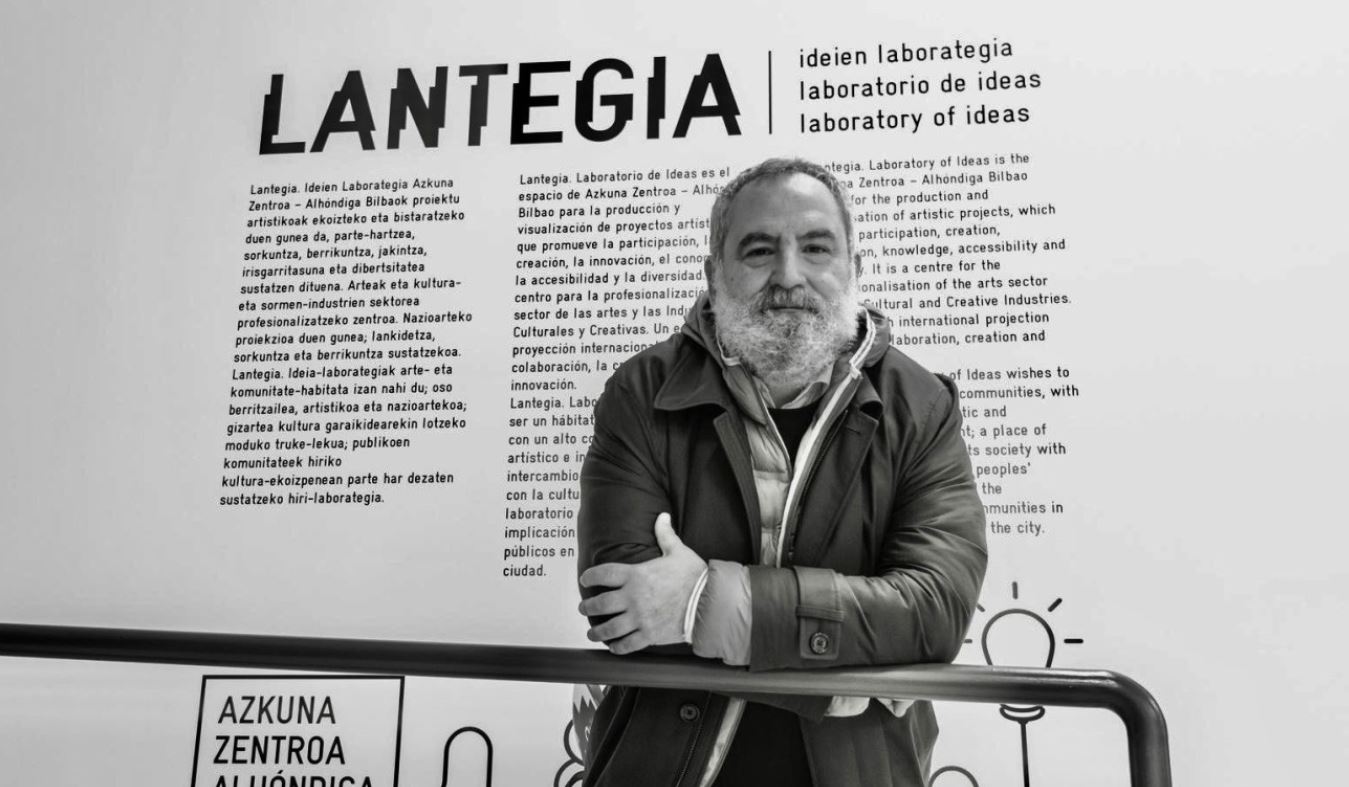international
Lafuente Archive
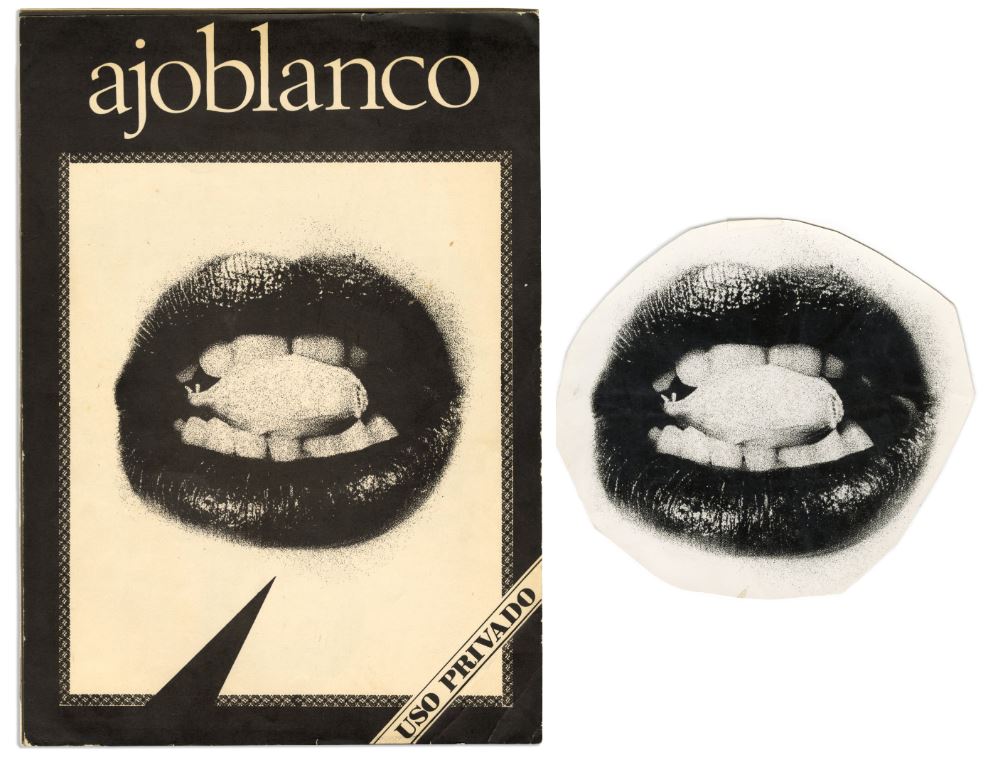
The Lafuente Archive, created in 2002, is a documentary collection specializing in 20th-century art. Although it stands out for its collection of early avant-garde and Latin American art, its true strength is Spanish art, especially from the 1970s and 1980s, with special mention of everything that was the transition and counterculture. In fact, to this day, for any scholar of that time, it is the best place to go to find information. Due to its importance, one of the most complete and exhaustive collections in the world, was acquired in its entirety by the Spanish State in 2022, to complete those found in the Reina Sofia. The archive will be deposited in a center attached to the aforementioned institution located in Santander, occupying the old Bank of Spain building, with an inauguration scheduled for 2026.
Surviving time
One of the main actors of the counterculture, writer, founder of the magazine Ajoblanco, luxury spectator of those years and with material also deposited in the Lafuente archive is Pepe Ribas. I thought it appropriate to approach his home, in Viladamat, in the middle of the Empordà, to ask him his opinion on the subject. As always, he treated me to a series of stories and anecdotes with all the luxury of details. A great connoisseur of the moment and everything that was cooked at the time, the knowledge and contacts that he treasures, added to the hours of work dedicated, have made him a basic figure for understanding what happened, but also what is happening, with many of the protagonists of those years.
Difficulties and subsistence
He talks to me about the difficulties of many of them, and how the sale of their archives has helped them survive, how a large number of underground works have been lost, and the good work carried out by Lafuente, not only saving the material and helping the authors, but also centralizing all this information in one place, a fact that helps us to better understand the moment, but above all, with the ability to break with this overly linear vision of the art world that leaves behind other artistic approaches also present at the time. Pepe Ribas charges against the lack of plurality in our country, according to him, one of the reasons why there are people leaving. Miralda himself, in an interview published on May 20 in El Punt Avui, questions what he calls “the lack of interest and vision of the Catalan administrations”. But the list is longer. Nazario, Mariscal, Joan Estrada, Isa Feu, Roger Subirachs, Antonio Pàmies, Salvador Costa, Montesol, Jordi Socias, Pepichek, Farry, or the Star magazine archive. All of them are closely linked to Catalonia, but have decided to move their archives abroad.
In short, we must continue with the recovery process initiated by the MNAC, but it is not enough, we must do more, we have been below the minimum for too many years. We need a serious commitment to our country's culture from the administrations. Whoever loses their origins, loses their identity.


